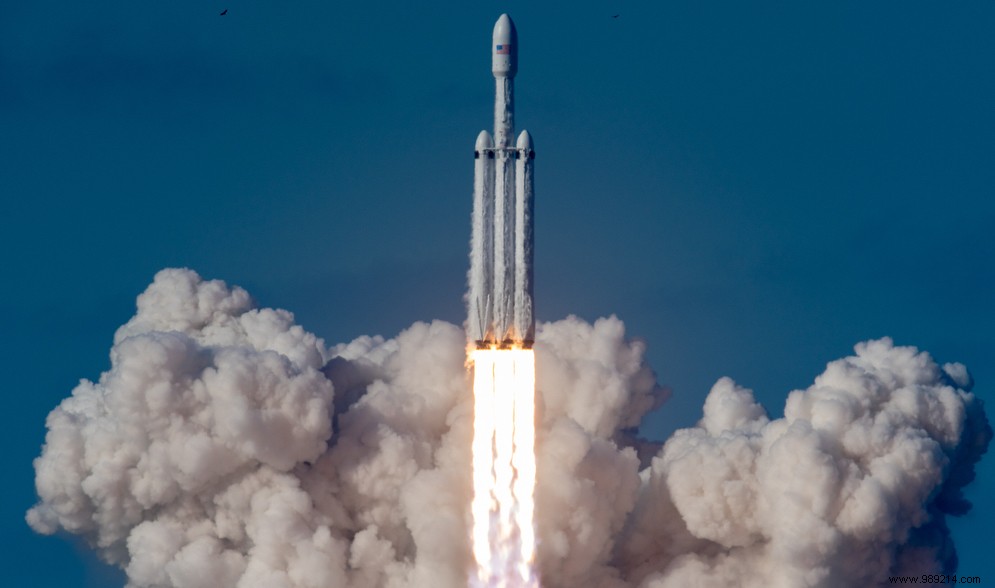The Europa Clipper mission, which targets the Jovian system, was originally scheduled to launch aboard NASA's powerful SLS rocket in 2024. Agency officials finally opted for a commercial solution, as the SLS was no longer available for this type of mission. And it was (again) SpaceX that was chosen.
In 2019, NASA confirmed its intention to explore the Jovian moon Europa which - along with the planet Mars and Saturn's moon Enceladus - is on the "short list" of known worlds that may harbor extraterrestrial life. We know that the moon shelters under its surface a global ocean that is a priori salty. To try to find out more, NASA is preparing a mission called Europa Clipper.
The idea is to send a probe into the Jupiter system where it can perform several dozen low-altitude flybys of Europa to closely study its icy shell. Another key objective of the mission will be to select possible sites for further exploration in the future.
A few months ago, the probe was scheduled to be launched in 2024 by NASA's Space Launch System (SLS) launcher, tasked with bringing humans back to Earth. Moon under the Artemis program. NASA's planetary mission program officials finally changed their plan. Limited supply chain and Artemis program requirements will indeed prevent the use of SLS for alternative roles , such as the launch of scientific missions, until at least the end of this decade.
Thus, it was decided at the beginning of the year that the Europa Clipper mission be launched aboard a private launcher. The "match" should be between SpaceX's Falcon Heavy and United Launch Alliance's Delta IV Heavy. The American agency finally set its sights on the first, granting SpaceX a budget of 178 million dollars to launch the vehicle in October 2024 .
Earlier this year, NASA also selected this rocket to launch part of the new station into lunar orbit, which will support future Artemis missions.

With SpaceX's Falcon Heavy, the journey of the Europa Clipper probe will be very different from what it would have been with an SLS. NASA's heavy launcher would indeed have made it possible to launch the mission on a direct trajectory, with an arrival scheduled for 2027. With the less powerful Falcon, the spacecraft will on the other hand have to carry out flybys of Mars in February 2025 and of Earth. in December 2026 (gravitational assistance) to allow it to gain speed while taking the direction of Jupiter.
With this travel plan, Europa Clipper will not arrive in 2027, but approximately five and a half years after takeoff, i.e. between 2029 and 2030 .